JRPG stands for “Japanese Role Playing Game”.
Fans disagree over the exact boundaries of the genre, but a typical definition might sound something like this: a story driven game, with character stats that can be substantially improved, that was made in Japan or is inspired by earlier Japanese examples of the genre.
A wide range of games might be called JRPGs, including action games and grid-based tactical games. The traditional JRPG is one with an adventure-style structure and turn-based battles, in the style of Dragon Quest (sometimes seen as the first JRPG).
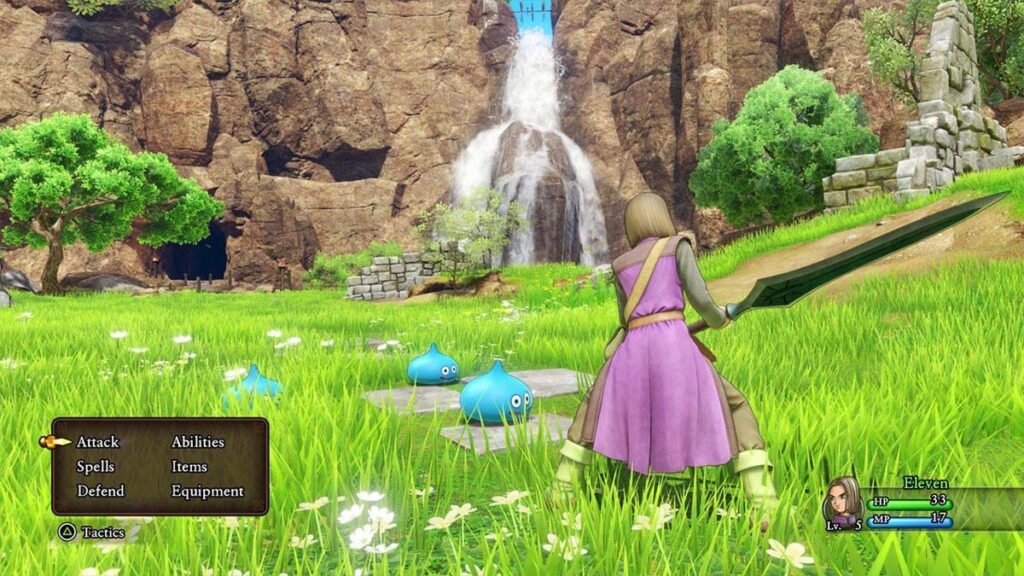
Who this article is for
This article is written to help those unfamiliar with the genre get a basic, intuitive understanding quickly. This will help them to explore the genre themselves if they are interested, and start to understand conversions about them.
As such, this is a surface-level view of things, and doesn’t get into the weeds.
Features of a JRPG
If you see a game that looks like some of the following screenshots, there’s a good chance you’re looking at a traditional JRPG.
All screenshots are from Xenosaga Episode I.
1. A party of characters with individual levels, stats and equipment
In these screenshots we can see menu screens, where the stats of characters (such as HP, Strength and Dexterity) can be examined, and an option to access the equipment screen where weapons and armour can be changed.
Note that all characters have a level (Lv) by their names. This character level is increased by fighting battles and gaining experience (EXP). The presence of a character level is a telltale sign of an RPG.

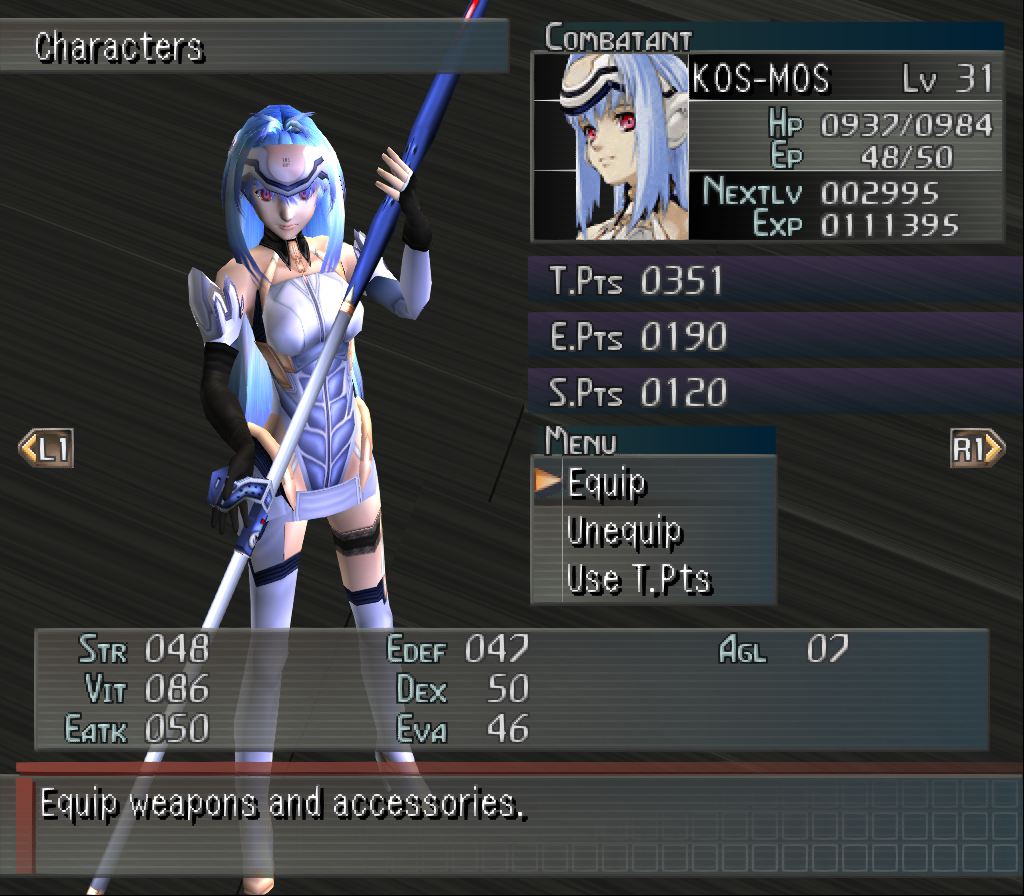
2. A significant focus on dialogue, story and cutscenes
There is a famous quote from the creators of JRPG giant, Final Fantasy:
I don’t think I have what it takes to make a good action game. I think I’m better at telling a story.
Hironobu Sakaguchi
That party of characters are not just battle units in a JRPG, but are players in a predefined narrative. To fans, this story will be as important as the mechanics, if not moreso, and there is likely to be a lot of it: a tenth or more of the playtime will be spent reading dialogue or watching cutscenes.
At times, a JRPG might feel like an interactive anime season.
It’s also worth noting that JRPGs are usually quite long experiences. It might take 20 to 100 hours to see the end of the story.


3. Repeatable (grindable) battles that give experience and/or money when you beat the enemies
The level of your characters can determine if you win or lose in a JRPG battle, so JRPGs always give players an unlimited supply of fights to use to level up.
The basic gameplay loop is this: fight monsters, gain experience and money, get stronger, fight stronger monsters and progress in new areas.
Repeating fights for experience points and gold is called grinding. It isn’t always necessary, but it’s an option.
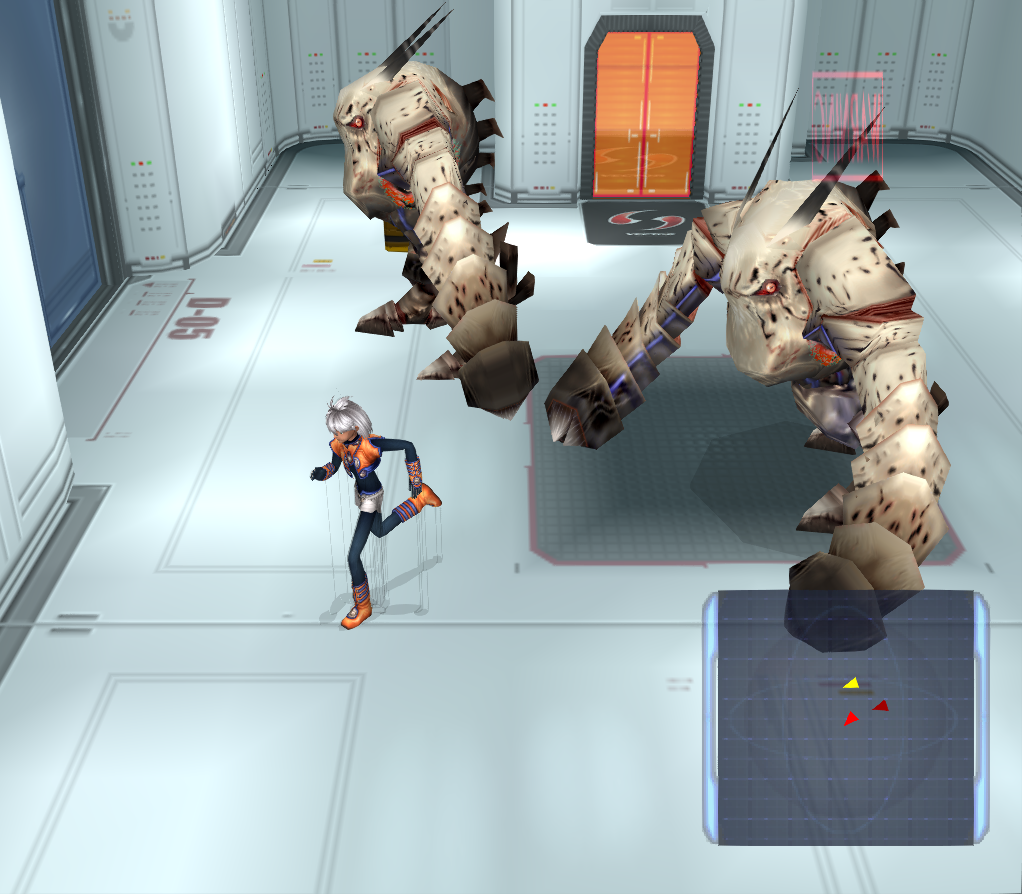
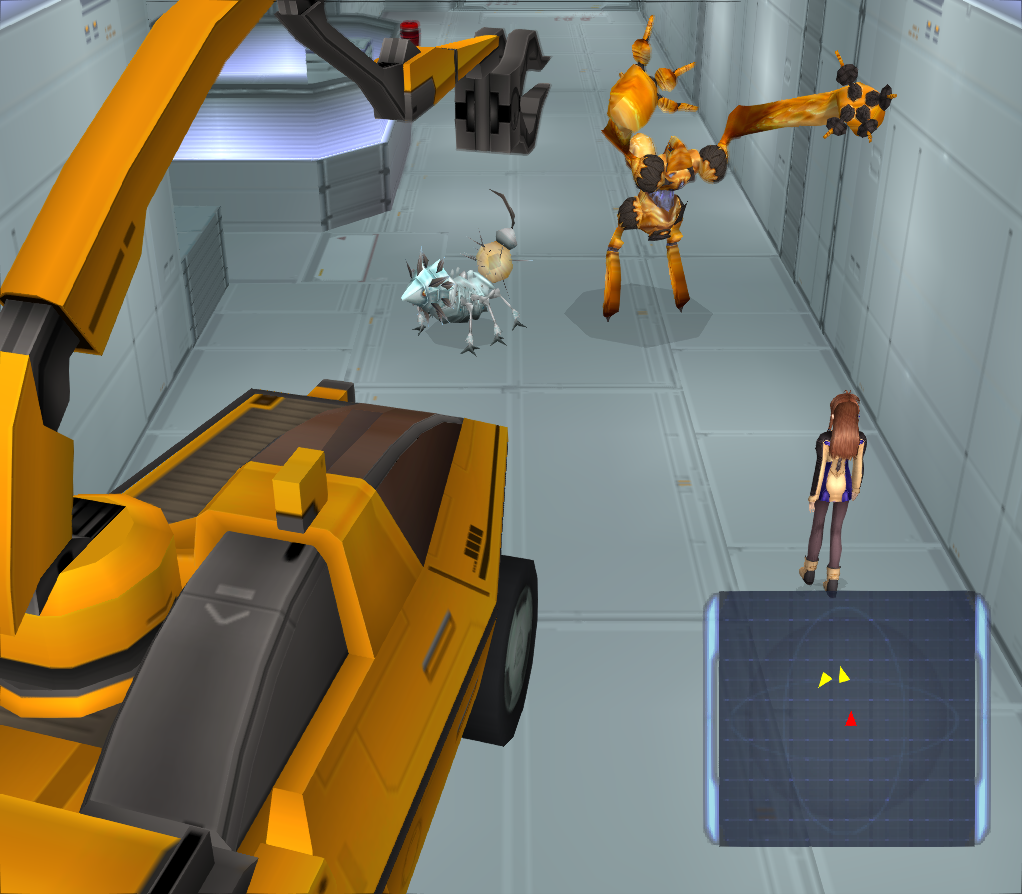
4. World Travel
A JRPG is usually a globe-trotting adventure. Many of them give you access to a literal “world map”, on which you can walk around the game’s planet, though this is less common these days.
Other JRPGs might only give you access to a continent, even just a city, but the adventure will take place across many locations that you can explore at your will. You will find non-combat areas (eg. towns, shops) as well as travel routes and dungeons.
Vehicles may be acquired during the adventure to make access to new areas possible, or simply to make your journey faster. An iconic JRPG mode of transport is an airship.

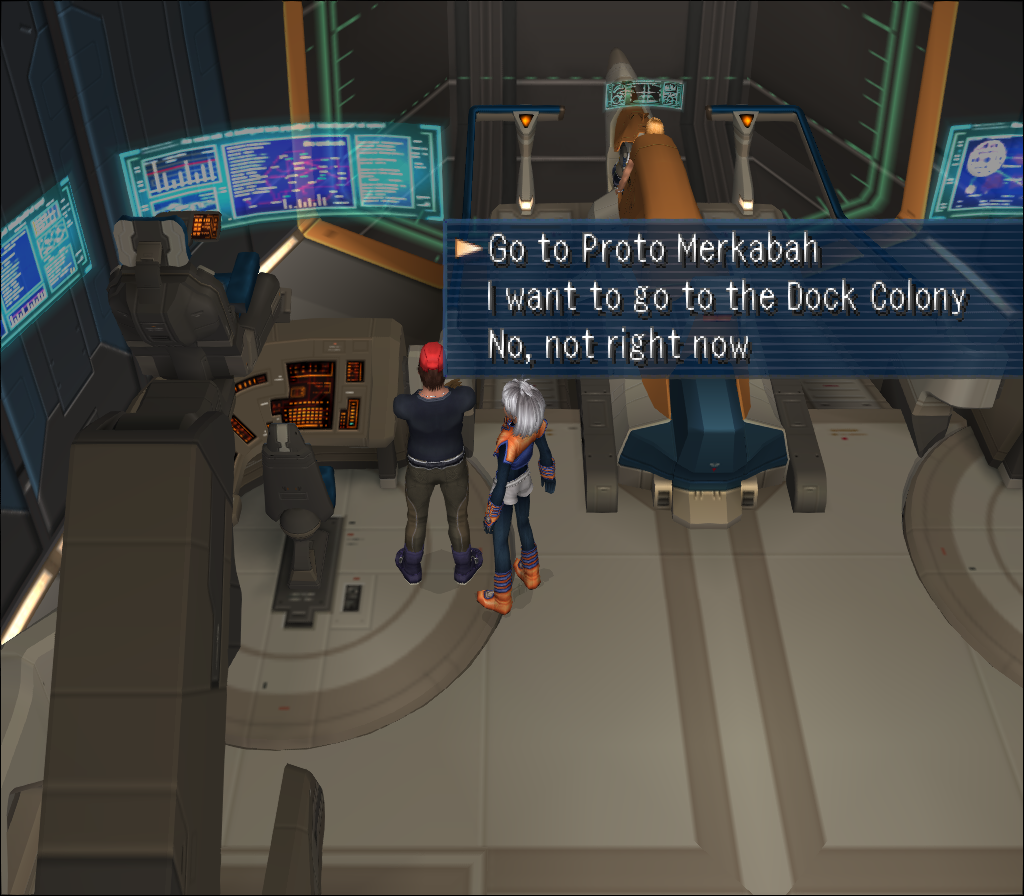
5. Battle screens
When you fight in a JRPG — either a sudden random encounter, or meeting an enemy in the field — you are likely to find yourself whisked to a separate battle screen. This is because, in battle, you control your party differently to when you are exploring the world
The genre is strongly associated with turn-based, menu-driven combat. Though this isn’t essential, if you see a menu of combat commands that allow a character to “Fight”, use “Magic” or an “Item”, you’re probably looking at a JRPG.
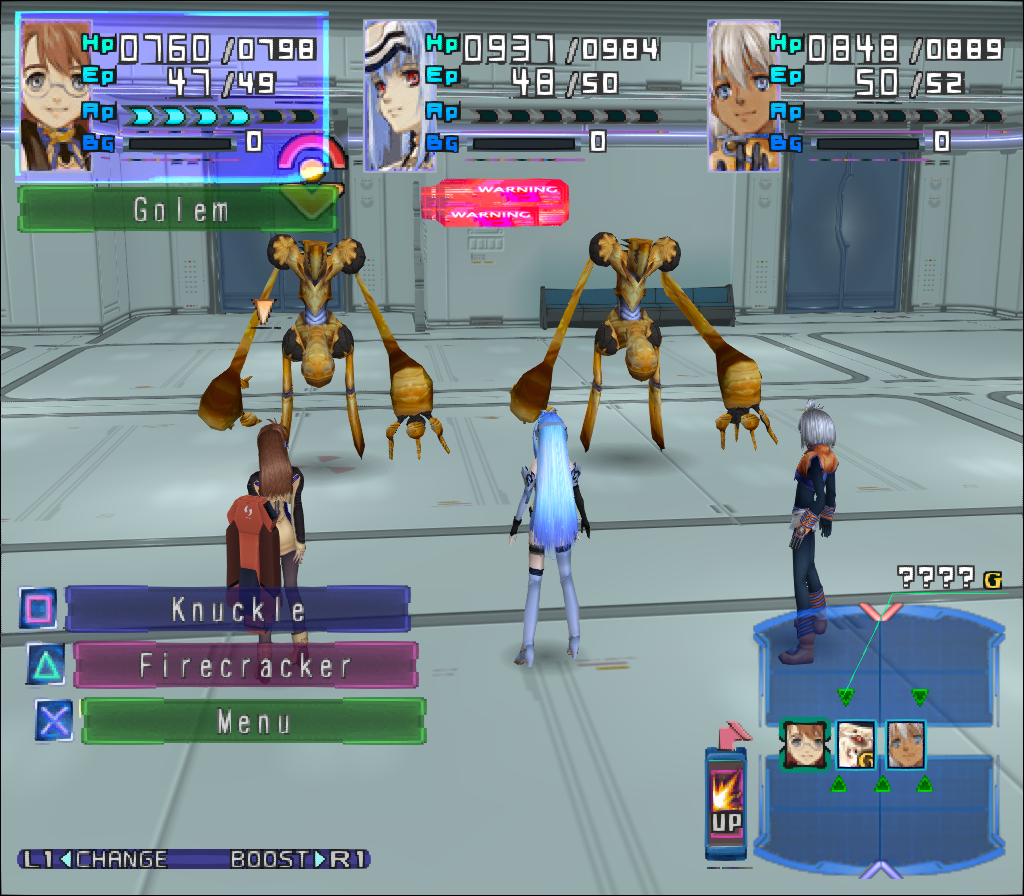
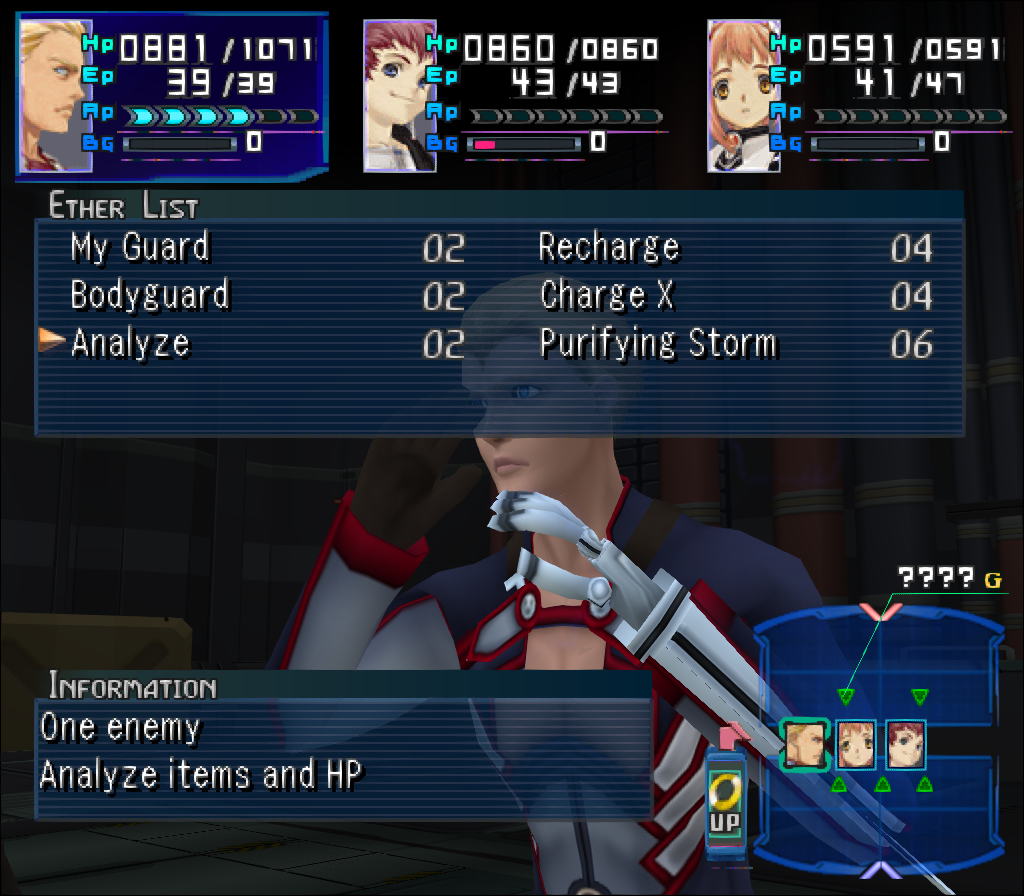
Best-known JRPGs
Dragon Quest and Final Fantasy are the two biggest traditional JRPG franchises, and also the two longest running, both having roots going back to the Famicom/NES console.
Here’s Dragon Quest, released in Japan in 1986:
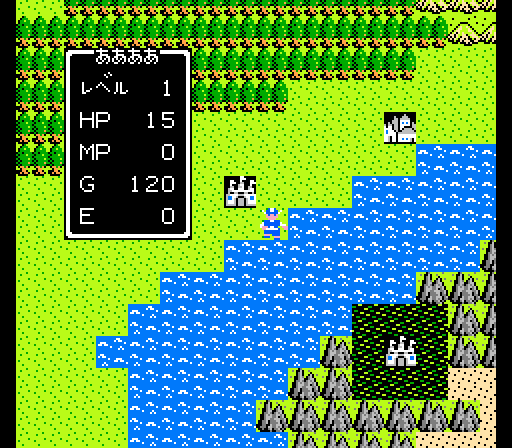
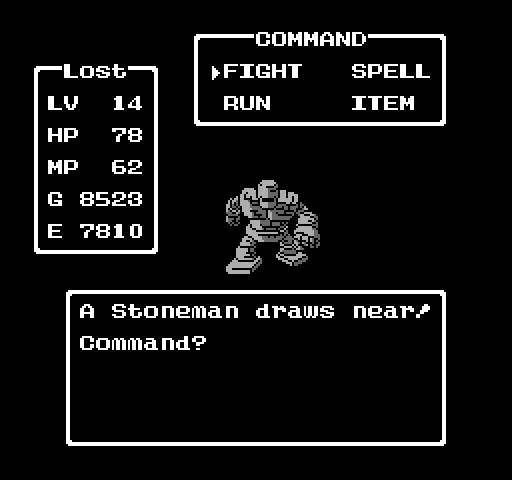
Now I think that is unironically beautiful, but of course the series, and JRPGs as a whole, have progressed a long way since then.
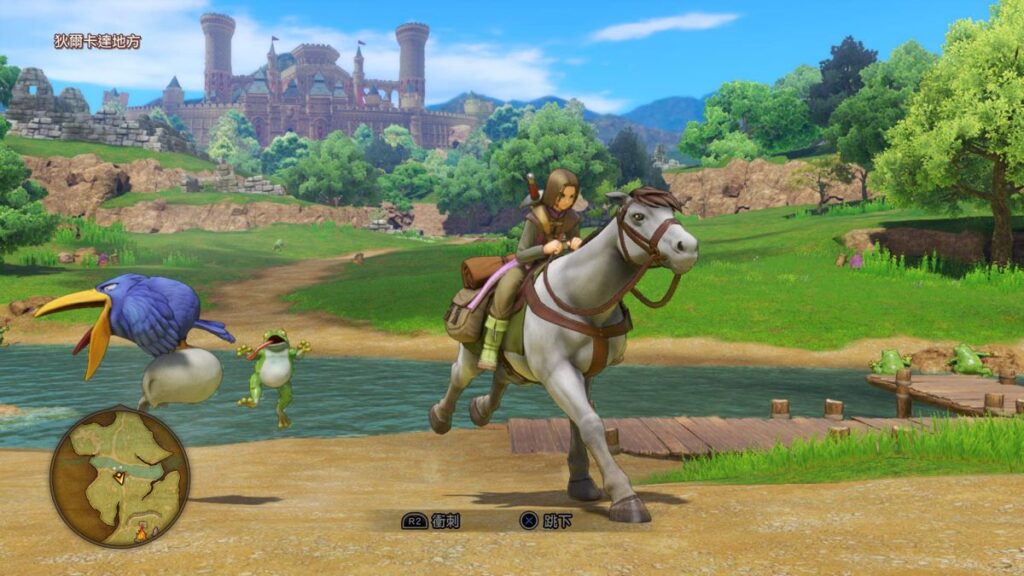
Read Next: The First JRPGs | How RRGs Reached Japan